The return of the buffalo is both spiritual and economic. At one time, the buffalo and the Indigenous people ruled the plains.
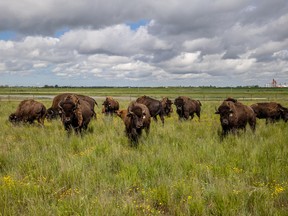
Article content
When a people are in the process of rebuilding following colonialism, one of the greatest tools for change is cultural revitalization. The First Nations across Turtle Island are experiencing a return to traditional ceremonies, the revitalization of the powwow and lately the return of the buffalo.
The return of the buffalo is both spiritual and economic. At one time the buffalo and the Indigenous people ruled the plains. By combining the deadly accuracy of the firearms and the strength and speed of the horse, our people hunted the buffalo for food, clothing and shelter.
Advertisement 2
Article content
This was our golden age, and it was known as the horse culture. The great herds of buffalo will never return in their previous numbers, but they live on in our memory and recall a time when we were independent and benefited from the gifts of the Creator.
Two hundred years ago, the buffalo ruled the plains and created their own ecosystem. They nurtured and aerated the great plains as well as supported animals that no longer live with us. The Plains grizzly and the buffalo wolves followed the great herds preying on the old, lame and infirm.
The Plains grizzly was a formidable hunter who was sandy in colour and lived on the Great Plains. They were joined by packs of large buffalo wolves that were larger than their northern cousins, the timberwolves.
The last Plains grizzly is reported to have died sometime in the late 1980s while the last buffalo wolves were seen in the Cypress Hills in the 1920s.
The demise of the great herds of buffalo left an empty barren landscape with the original people facing starvation. Meanwhile, the government and the railway companies were advertising the new land in the west as virgin farming country. But the land was not a virgin; she was a widow.
Article content
Advertisement 3
Article content
Small pockets of buffalo remained. In Canada, there were two herds, one in Wainwright, Alberta and another in Elk Island National Park, also in Alberta. These two locations have served as the incubator for the return of the buffalo on a smaller scale.
A few years ago, a group of First Nations got together and signed a treaty to bring back the buffalo and prepare land for them to once again thrive.
I was fortunate to be allowed to attend a conference call that included Indigenous buffalo people from the Northwest Territories in Canada to as far south as northern Mexico. The range of these beautiful animals is immense.
Various representatives reported on the progress of their herd and tips and information were shared. Many of the buffalo ranchers are cattle ranchers, so they made the mistake of treating them as if they were the same.
For example, one rancher reported that he separated the bulls from the herd like he would with cattle. He found the bulls were frustrated and not happy.
As it turned out, they belonged to the herd, and they had a job to do. In the wild, the buffalo bulls are the protectors and keep the cows and calves safe. They were kept in a separate pen and felt frustrated. A buffalo herd, as it turns out, is a unit that has developed its internal culture to survive, and the buffalo felt it.
Advertisement 4
Article content
Through the sharing within the buffalo treaty, the Indigenous people are becoming the experts on these magnificent animals. Throughout North America, the First Nations are setting land aside to manage herds of buffalo.
The acting head of the organization is Leroy Little Bear, a professor at the University of Lethbridge and a member of the Kainai Nation. He would like to see more First Nations take up the cause to revitalize their culture and assist in the return of the buffalo.
I was on the Siksika Nation recently interviewing an individual about Treaty 7, which is their treaty with the Crown. He told me that when they were asked to sign away the land, they didn’t understand land ownership. The land was a gift from the Creator and was available to all.
He told me that as far as they were concerned the buffalo owned the land. This observation on his part tells it all.
Doug Cuthand is the Indigenous affairs columnist for the Saskatoon StarPhoenix and the Regina Leader-Post. He is a member of the Little Pine First Nation.
Recommended from Editorial
Our websites are your destination for up-to-the-minute Saskatchewan news, so make sure to bookmark TheStarPhoenix.com and LeaderPost.com. For Regina Leader-Post newsletters click here; for Saskatoon StarPhoenix newsletters click here.
Article content
#Cuthand #Return #buffalo #revives #Nations #traditions

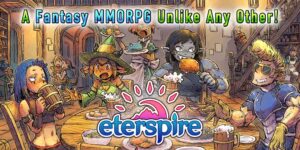


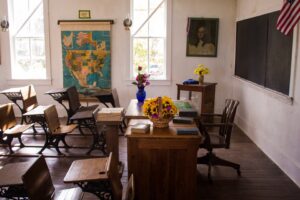

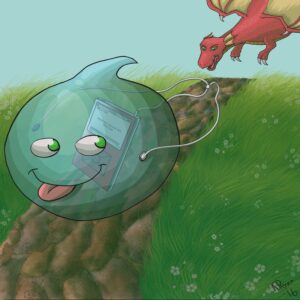


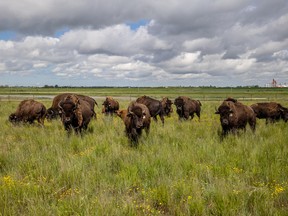


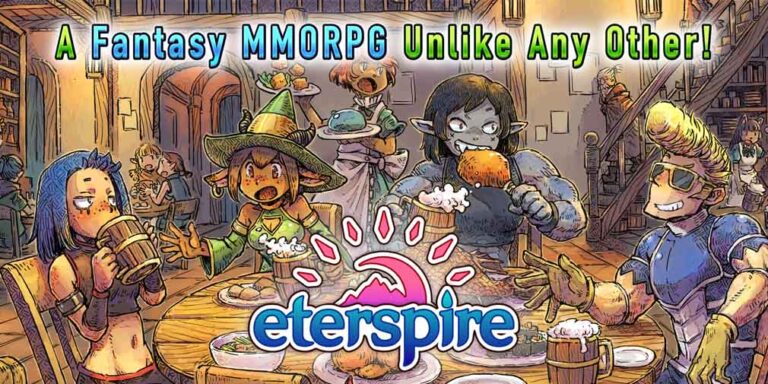
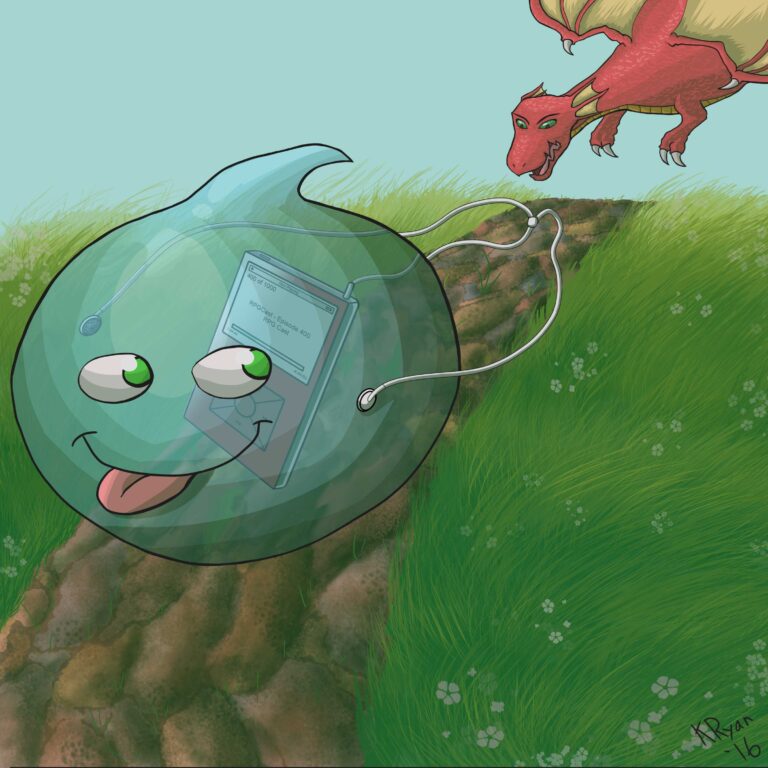
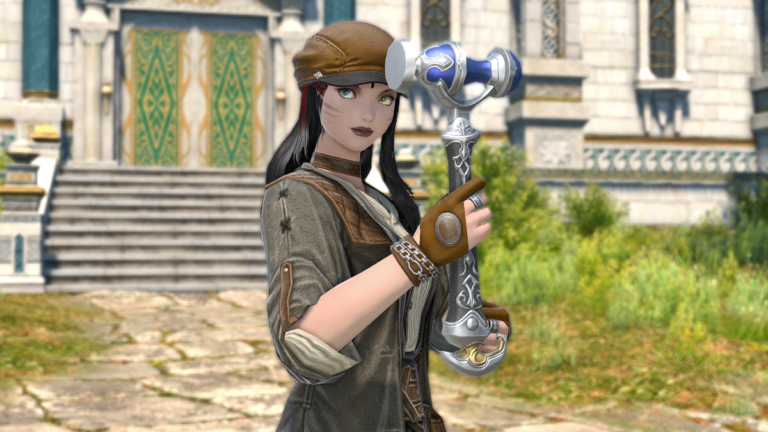





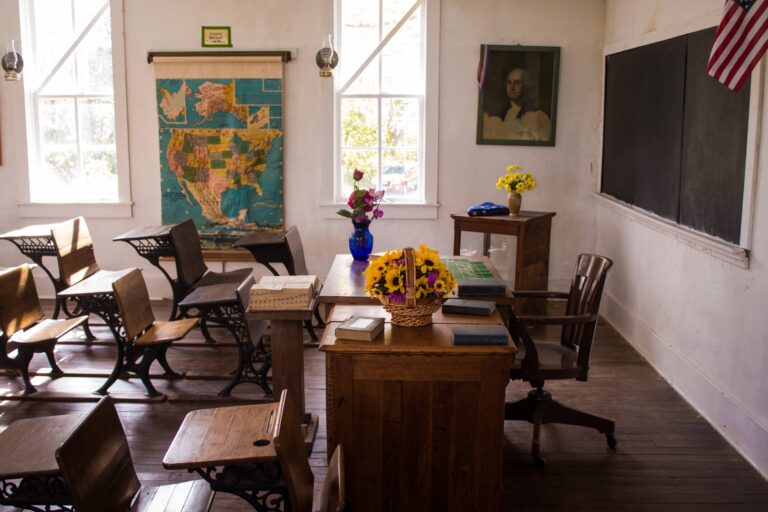
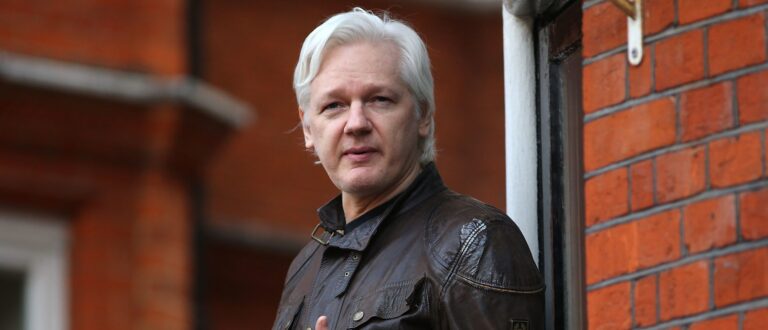
+ There are no comments
Add yours